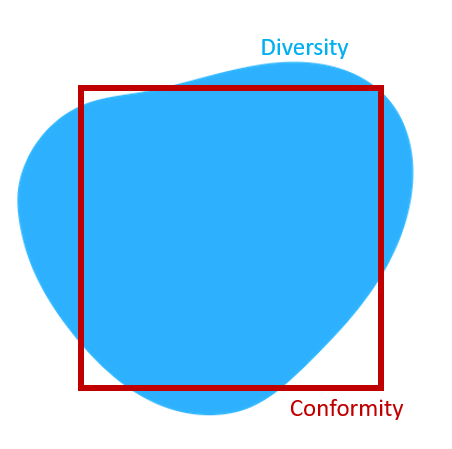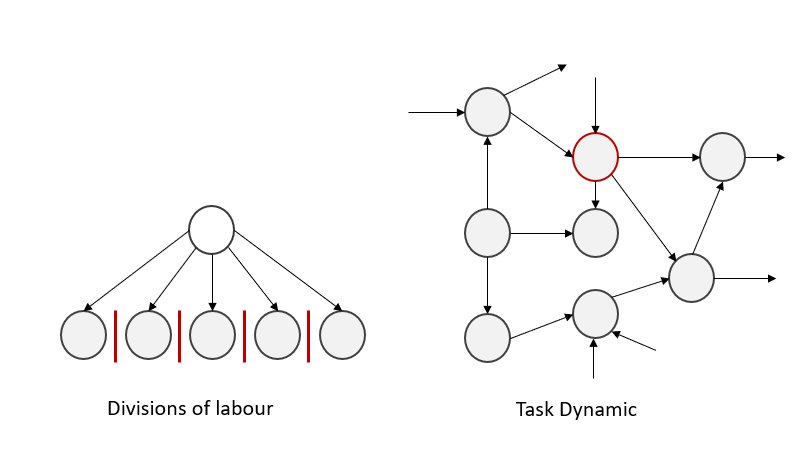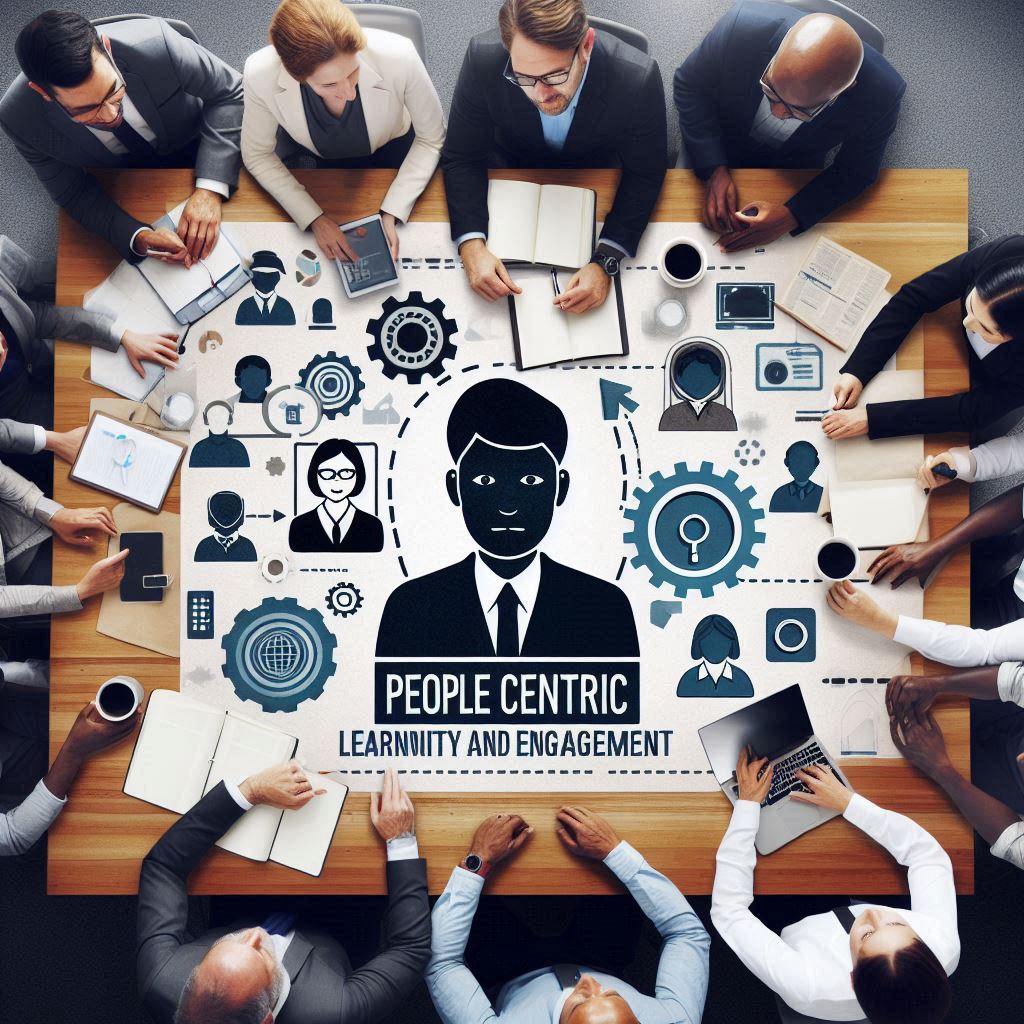Published by: Tamer Elogueil
Repositioning HR for a People-Centric Future
In today’s rapidly evolving business landscape, Human Resources (HR) departments face a critical challenge: the need to transition from a transactional, process-driven function to a strategic, people-centric partner within the organisation. Many HR teams, due to limited resources and increasing operational demands, have become more reactive, focusing on compliance, processes, and administrative tasks. This shift has often led to a disconnection between HR and employees, as HR's involvement is often limited to addressing performance issues or disciplinary actions. As a result, HR is perceived more as a process expert rather than a true advocate for the people within the organisation.
However, despite these challenges, there is a growing recognition within HR teams of the importance of transforming employee experience. This shift is not just about implementing a series of initiatives but about fundamentally rethinking and redesigning how HR functions, ensuring that it is aligned with the organisation's strategic objectives and that it promotes a positive and engaging work environment. To reposition HR for a people-centric future, several key areas need to be addressed:
1. Redefining the Role of HR
HR must evolve from being seen primarily as a compliance enforcer to becoming a strategic partner that drives business growth. This requires HR to align its initiatives with the organisation’s overall business strategy and contribute to achieving key business objectives. By doing so, HR can play a pivotal role in shaping the organisation’s future, ensuring that the workforce is not only compliant but also engaged, motivated, and aligned with the company’s goals.
Fostering a Positive Employee Experience: HR should prioritise employee well-being, focusing on both physical and mental health. This can be achieved by redesigning wellness initiatives, considering flexible and agile work arrangements, and improving workplace conditions. Additionally, HR policies and rules should be revisited to ensure they support consistency and fairness without becoming overly restrictive or authoritarian.
Creating a Sense of Belonging: Every employee should feel a strong connection to the organization. HR must recognize that this sense of belonging will differ for each individual and should strive to understand and cultivate it uniquely for each employee or group.
2. Embracing Diversity and Inclusion
Diversity and inclusion should go beyond the traditional metrics of gender, age, and race. Many organisations still adhere to a conformity-based approach, where employees are expected to fit into a pre-defined square, sharing similar competencies, thinking styles, and behaviours. This approach stifles innovation and limits the organisation’s ability to adapt to new challenges.
On other side, companies involved in technology, Fintech that cherish development, creativity and innovation, often think diverse, they need different additions that adds to the business. They have more a fluid undefined shape.

Moving from Conformity to Diversity: Organisations must recognise the value of diverse perspectives and skills. Instead of hiring for "culture fit," which often leads to homogeneity, HR should focus on "culture add," bringing in individuals who can contribute new ideas, perspectives, and approaches to the business. A diverse workforce is not only essential for fostering innovation but also for ensuring the organisation’s long-term sustainability and success.
Promoting Engagement Through Inclusion: True inclusion means breaking away from traditional hierarchical structures and fostering a dynamic, task-based environment where employees can collaborate across functions and contribute to cross-functional projects. In such an environment, equality and inclusion manifest in the respect for diverse opinions, the encouragement of idea-sharing, and the active involvement of all employees in decision-making processes.
3. Cultivating a Culture of Continuous Learning
Continuous learning is crucial for both individual and organisational success. HR should play a proactive role in facilitating talent development by providing a range of opportunities, such as training programs, workshops, and mentorship initiatives.
Encouraging Lifelong Learning: Employees should be empowered to take ownership of their development and career progression. HR’s role should be to support this by opening doors to new opportunities, offering resources for self-learning, and fostering a culture where continuous improvement and skill development are valued.
4. Building Strong Relationships with Stakeholders
Trust and credibility are the foundation of any successful HR function. HR must engage in open and honest communication with all stakeholders, including employees, managers, and executives.
Collaborating Across Departments: HR should work closely with other departments to ensure that its strategies are not developed in isolation but are fully aligned with the organisation’s overall goals. This collaboration will help HR to better understand the needs of the business and to design initiatives that truly add value.
5. Balancing Structure with Flexibility
While processes and rules are essential for maintaining consistency and order, an overly rigid approach can hinder innovation and adaptability. HR must strike a balance between enforcing necessary policies and fostering an environment that encourages creativity and agile thinking. By doing so, HR can help create a workplace that is both disciplined and dynamic, capable of responding swiftly to changing market demands and employee needs.
When considering the organisational structure, it's important to evaluate whether a traditional division of labour, with departmental silos, is the best approach. Alternatively, a matrix structure could be more effective, where individuals from multiple teams’ form project or task groups that collaborate, explore new ideas, and generate innovative, unconventional solutions. This approach fosters a team dynamic that transcends departmental success, focusing instead on the collective success of the entire organisation. By shifting from a rigid, departmentalised model to a more flexible and collaborative one, businesses can ensure that their overall system—not just individual departments—thrives.

Conclusion
To reposition HR for a people-centric future, the function must undergo a fundamental transformation. This involves redefining its role within the organisation, embracing diversity and inclusion, promoting continuous learning, building strong stakeholder relationships, and balancing structure with flexibility. By focusing on these areas, HR can transition from being a reactive, process-driven department to a proactive, strategic partner that not only supports the organisation’s goals but also enhances the overall employee experience.



Comments
No Comments added, be the first...